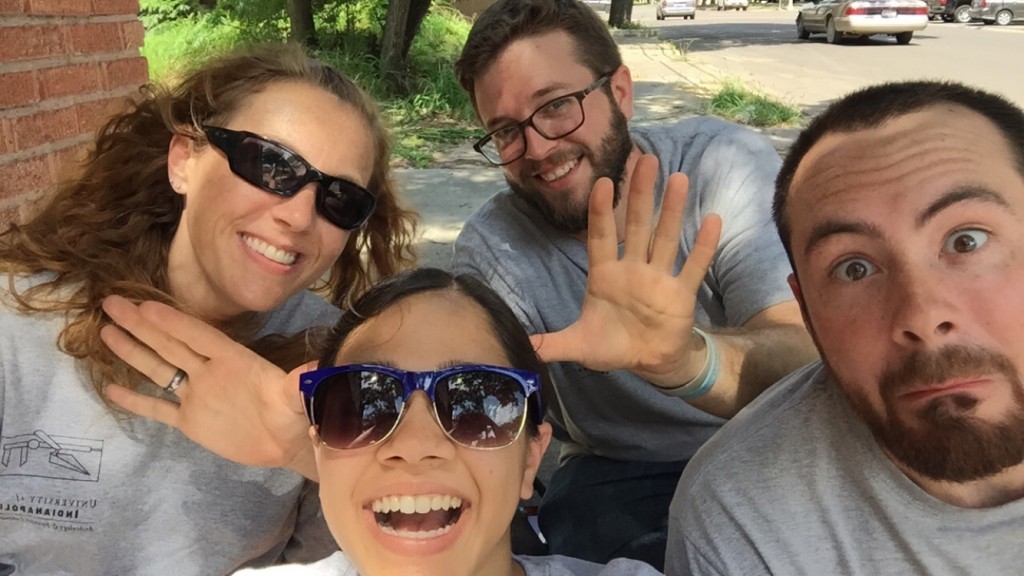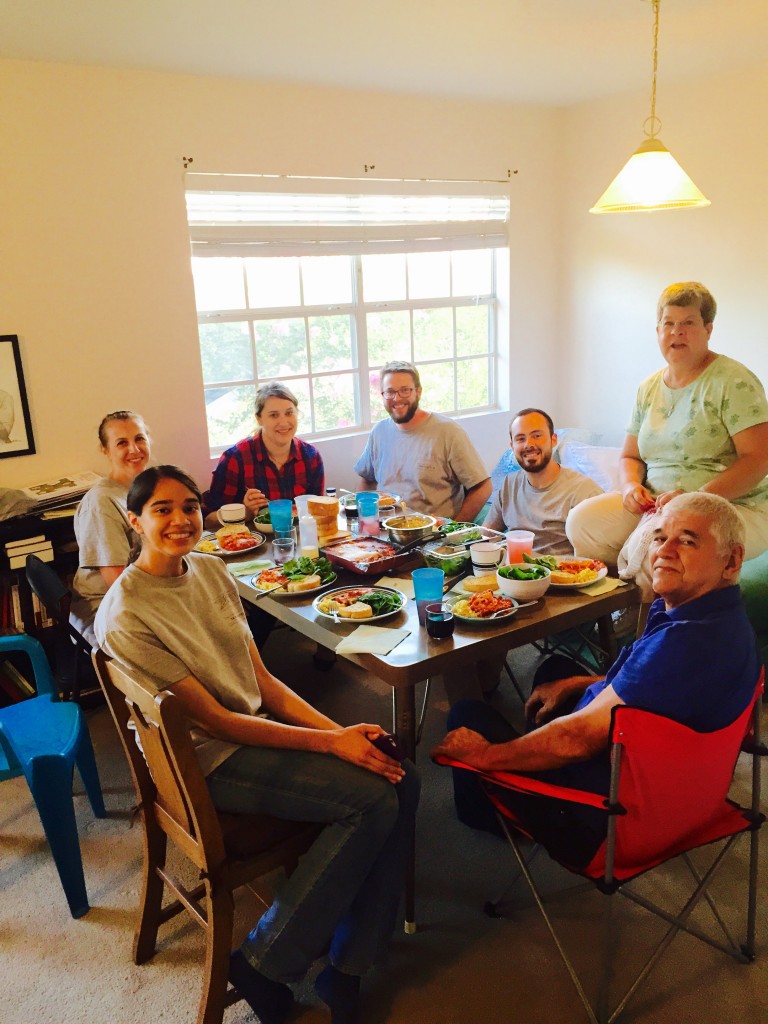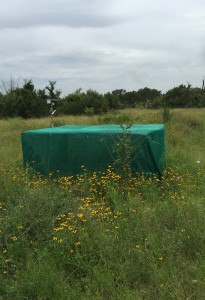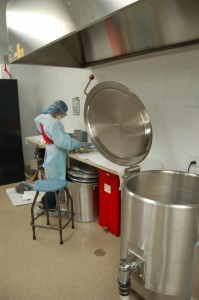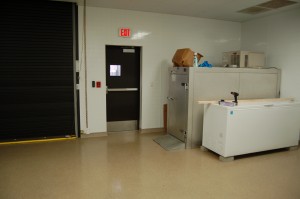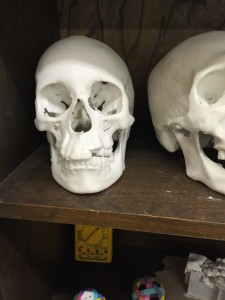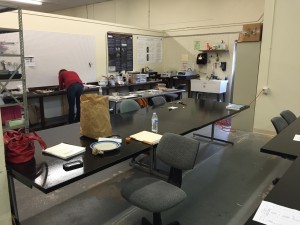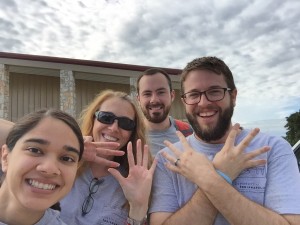Our trip to Texas is over and we’re all back home in Indiana now. It feels weird being back. In South Texas everyone is constantly dealing with the effects of border crossers and border crosser deaths. Its part of their everyday lives, but in Indiana this isn’t a problem that we have to deal with. I feel a little disconnected being back here because I’m still constantly thinking about Texas.
This trip has surpassed all of my expectations. I don’t think I really knew what I was getting myself into when I went on this trip. This trip was emotionally challenging, mentally exhausting, and sometimes even physically exhausting, but the most challenging part of this trip was meeting the border crossers themselves. Visiting the residential center was the most difficult thing I had to do on this trip. Seeing all those exhausted faces, knowing that these families had been in that place for months, and not really being able to do much to help them other than talk to them was hard. My experiences meeting these migrants is something I will never forget.
This trip has also allowed me to see this crisis from multiple points of view. I was able to see how this crisis affected Brooks County citizens, how it affected the ranchers, the migrants, border control, the sheriff’s department, and other investigators. I feel like I’ve gained some perspective, but I know that I don’t have the complete picture yet.
I just want to say that I am so proud our team. We accomplished so much in the short amount of time that we had. At Texas State University, we worked diligently and efficiently and were able to meet our quota of skeletal analyses that needed to be finished. For our week in Falfurrias, we provided each other with emotional support, especially for those visits that involved working with migrant families. We shared our thoughts and feelings about what we experienced at the end of each day. We have grown closer as a team and I have learned so much from my teammates.
One of the things I treasure most about this trip is all the new friends that I’ve made. Hailey, Eddie, Sister Pam, and all the other volunteers at the South Texas Human Rights Center (STHRC) are truly amazing people. They are so passionate and dedicated to their cause. I cannot believe how hard they work. I am also glad I got a chance to work with Dr. Kate Spradley and her students at Texas State University. They are a hard working bunch and have so much enthusiasm for what they do.
 Hanging out with our new Texas State friends
Hanging out with our new Texas State friends
The the things that I have learned, the people I’ve met, and the experiences that I have had on this trip are things that are going to stay with me. I am so thankful that I had the opportunity to go South Texas and help out and I hope that I will be able to make this trip again in the future.
